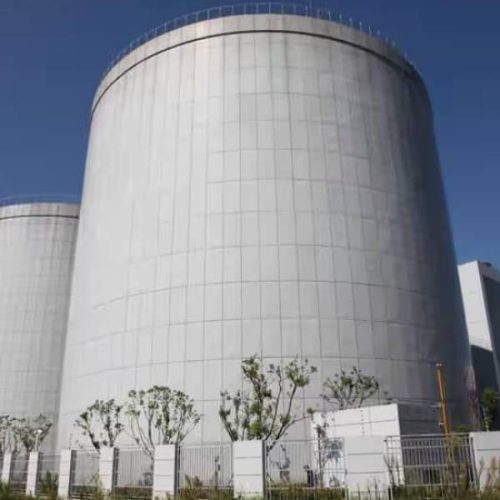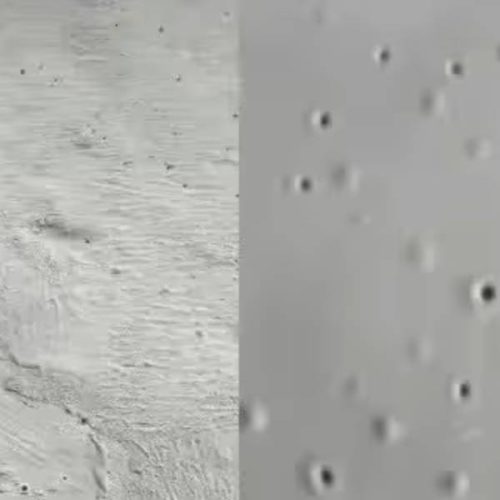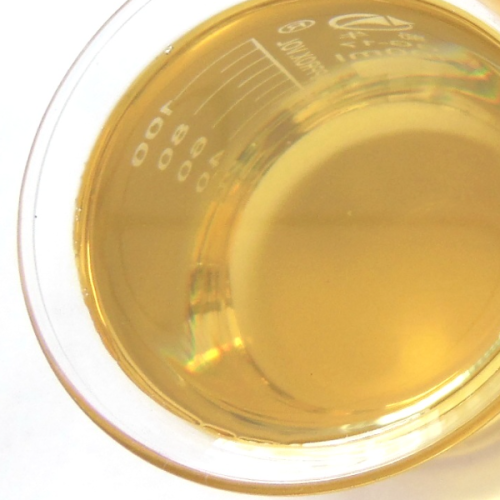What are Eco-friendly Coatings? How to Choose Eco-friendly Coatings?
What is Truly Eco-friendly Coating?
Eco-friendly coatings are products that meet performance and safety standards while adhering to the technical criteria for environmentally certified products.

Types of Eco-friendly Coatings
The main types of eco-friendly coatings are as follows:
- UV-curing coatings
- Powder coatings
- Water-based coatings
- Conventional high solid content coatings
- Polyaspartic polyurea coatings

How to Choose Eco-friendly Coatings?
1. UV-Curing Coatings
- Advantages include rapid curing, high efficiency, energy savings, and being solvent-free.
- Disadvantages include a strong odor and the toxicity of volatile monomers. It also requires specialized equipment and is unsuitable for complex workpieces or thick, colored coatings.
- Application Areas: Mostly used in wood coatings, crafts, and advertising packaging, with significant industrial application limitations.
2. Powder Coatings
- Advantages include being solvent-free, odorless, and recyclable, with excellent production line efficiency and corrosion resistance.
- Disadvantages include the need for complex equipment and processes, high energy consumption, and limited suitability for complex or non-metal workpieces.
- Application Areas: Industrial anti-corrosion fields, replacing some high-solid or solvent-free coatings in heavy anti-corrosion applications.
3. Water-based Coatings
- Advantages include being water-dilutable and offering enhanced safety for users and the environment.
- Disadvantages include high requirements for substrates and environmental conditions, as well as the need for wastewater and waste treatment. Certain applications also demand high energy consumption for baking.
- Application Areas: Building, furniture, and some light industrial anti-corrosion fields.
4. Conventional High Solid Content Coatings
- Advantages include reduced cost and lower VOC emissions.
- Disadvantages include slow drying, high application viscosity, limited suitability for thin coatings, and high hardness and brittleness.
- Application Areas: Mainly used in heavy anti-corrosion fields.
5. Polyaspartic Coatings
- Advantages include low VOC emissions, fast drying, high efficiency, suitability for solvent-free thick or thin coatings, curing at ultra-low temperatures, and excellent tensile and mechanical performance.
- Disadvantages primarily involve high material costs, leading to increased product pricing.
- Application Areas: Widely used in industrial anti-corrosion, adhesives, waterproofing, flooring, and increasingly favored in high-end markets.
Polyaspartic coatings demonstrate superior overall performance among eco-friendly coatings.
These coatings offer significant environmental advantages, including no need for wastewater treatment and substantial energy savings for large workpieces. They are also temperature-insensitive, allowing for all-season application. Additional benefits include reduced labor costs due to thick coatings, exceptional weather and temperature resistance, as well as outstanding wear and impact resistance.
Feiyang Protech has been specializing in the production of raw materials for polyaspartic coatings for 30 years and can provide polyaspartic resins, hardeners and coating formulations. Feel free to contact us: marketing@feiyang.com.cn
Our products list:
Contact our technical team today to explore how Feiyang Protech’s advanced polyaspartic solutions can transform your coatings strategy. Contact our Tech Team






